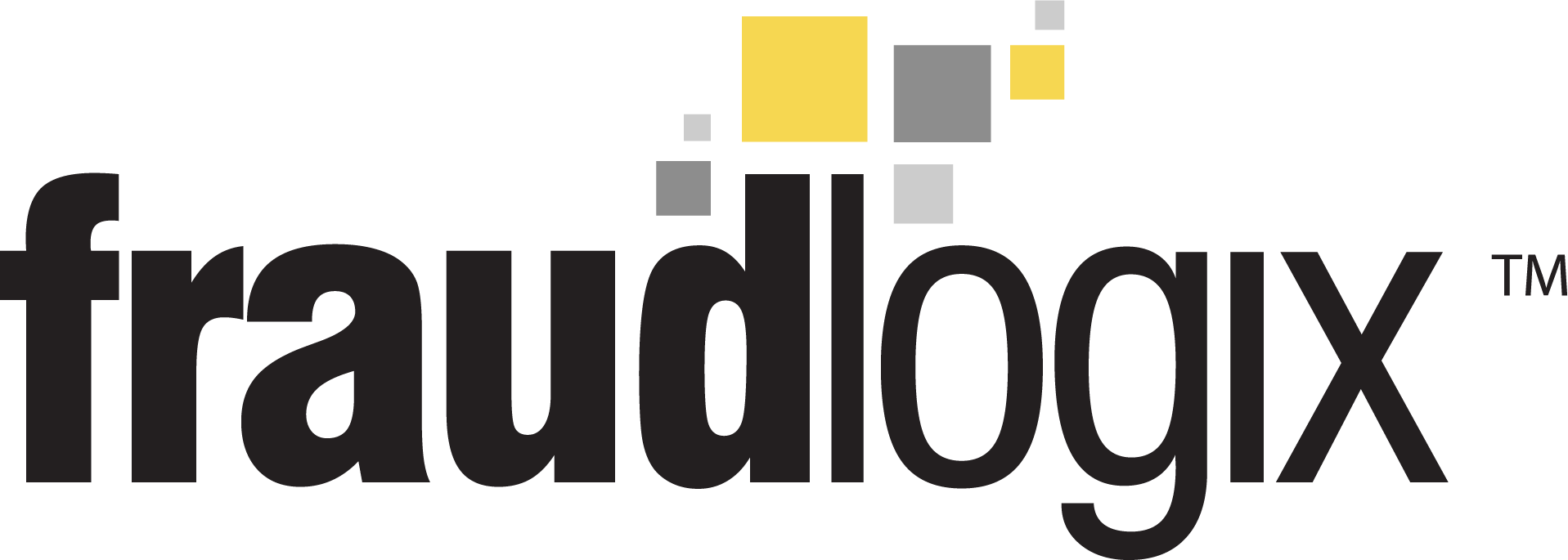IP masking and botnets are two methods that are commonly used in ad fraud. While the end result is the same, fraudulent clicks that waste marketers’ money, they are two distinct ad fraud methods that need to be combated separately.
IP Masking
IP masking refers to the practice of hiding or changing a user’s IP address to appear as if they are in a different location. This can be achieved through a proxy server or a virtual private network (VPN). This not always done for nefarious reasons, however, fraudsters use IP Masking to commit fraud in multiple ways:
- Geo Spoofing: Used this to make it appear traffic is coming from a valid or targeted location.
- Location Privacy: Hides a fraudster’s true location, which could be anywhere in the world.
- Fake Multiple Users: One device can appear as other fictitious users clicking on ads.
- Anonymize browsing activity: Cloaks traffic patterns that are recognized as fraudulent by doing so across multiple IP addresses.
How To Stop IP Masking Ad Fraud
Here are some strategies you can employ to mitigate the negative effects of IP masking on your marketing efforts. It’s a mix of programmatic fixes and changing your approach to targeting and KPI analysis.
- IP Blocklist: Use IP blocklists to stop traffic from known VPNs or fraudulent IP addresses.
- Contextual Targeting: Instead of relying only on location, base your targeting on user behavior and engagement.
- Use More First-Party Data: With user consent and best practices, collect user data to like website behavior, preferences, or demographics to further targeting.
- Frequency Capping by Device: While pinpointing specific users might be trickier with IP masking, you can implement frequency capping based on the device being used.
- Prioritize Engagement Metrics: Look at metrics that indicate user engagement, such as time spent on a landing page, video ad completion rates, or app downloads from ad clicks.
- Ad Fraud Prevention Services: Tools and techniques provided by ad fraud prevention platforms are used to filter out fraudulent traffic.
Botnets
Botnets are networks of computers that have been infected with malware and are being controlled by a single entity. This entity can use the botnet to carry out malicious activities, such as launching denial of service (DDoS) attacks or spreading spam. In ad fraud, botnets are often used in one of three ways:
- Fake Clicks: Botnets can be programmed to click on ads, sometimes targeting specific ads or ad networks.
- Fake Impressions: Botnets can visit pages to generate fake ad impressions.
- Fake User Behavior: Sophisticated bots can be designed to mimic real user behavior (clicks, scrolls, time on site, etc.).
How To Stop Botnet Ad Fraud
Protecting your marketing against botnets requires proactive monitoring of your internal metrics and added security to your tech stack. Outside help in the form of software or consulting are common because of the type of monitoring and technical implementation required. These include:
- Traffic Quality Monitoring: Look for spikes in clicks or impressions, activity from unexpected locations, rapid clicks, or short browsing sessions after clicks.
- Captcha Verification: Captchas on forms or landing pages can add a layer of friction that deters basic bots.
- Partner with Anti-Fraud Experts: Consider partnering with companies specializing in bot detection and mitigation.
- Anti-botnet Tools: Programmatic tools, such as bot-blockers, use machine learning and up-to-date databases to identify and block botnets.
IP Masking Vs. Botnets For Fraud
IP masking, or using a proxy server, is a legitimate tool for users that is misappropriated by fraudsters. The damage done can be limited as it still requires a person to commit each fraud individually, however, the added cost of ad fraud to marketers can still be substantial.
Botnets are illegal weapons designed to damage websites and online spaces. Unsuspecting computers that have been infected with malware can be controlled by a central bad actor out to commit fraud. Botnet attacks can be vast or targeted and require countermeasures to protect your marketing efforts.
While IP masking is considered more of a passive fraud and botnets are seen as more aggressive, they both need to be accounted for when stopping and preventing ad fraud.



